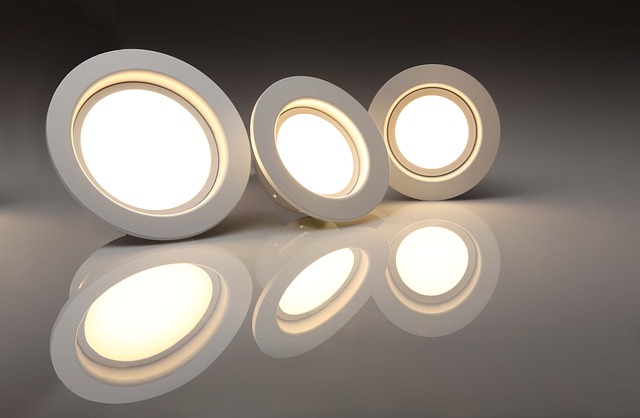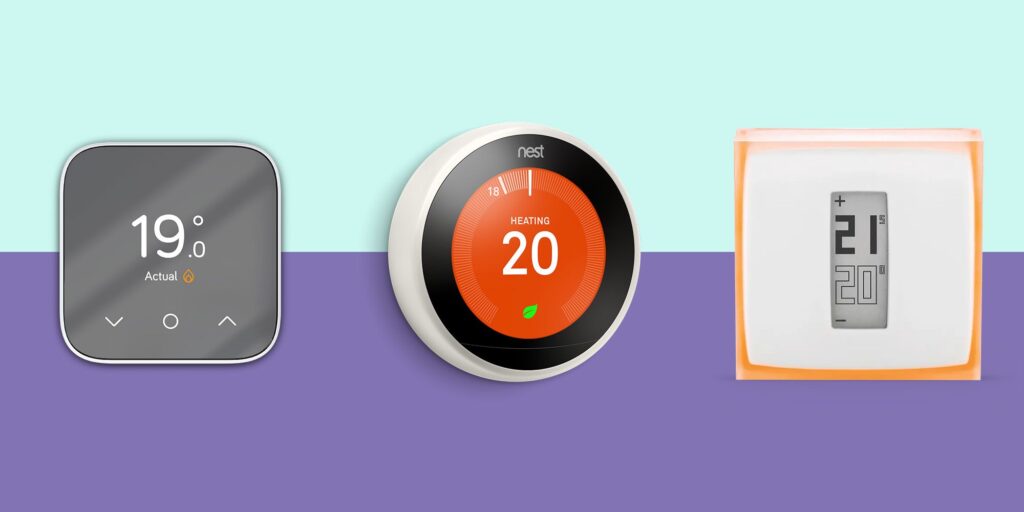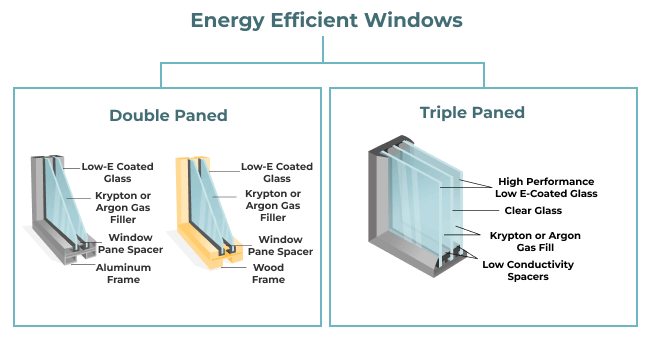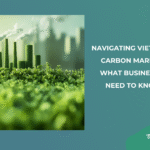Energy efficiency is the practice of using less energy to achieve the same or better results. It can help businesses and organizations save money, reduce greenhouse gas emissions, and improve their environmental performance.

Energy efficiency is important for businesses because it can lower their energy bills, enhance their reputation, and increase their productivity. According to a report by the International Energy Agency (IEA), investing in energy efficiency can generate an average return of 17% for businesses. The report also estimates that energy efficiency could save businesses $600 billion per year globally by 2035.
One of the key concepts of energy efficiency solutions is the energy performance indicator (EPI). An EPI is a measure of how efficiently a system or process uses energy, compared to a baseline or a benchmark. For example, an EPI for a building can be calculated by dividing the annual energy consumption by the floor area. An EPI can help you identify areas where you can improve your energy efficiency and set realistic goals.

Another key concept of energy efficiency solutions is the energy audit. An energy audit is a systematic assessment of the current energy use and potential savings of a facility, equipment, or process. An energy audit can help you find out where and how much energy is being wasted, and what are the most cost-effective solutions to reduce it. An energy audit can be done by an external expert or by your staff, depending on the complexity and scope of the project.

The Energy Audit ASHRAE Levels 1,2 and 3
A third key concept of energy efficiency solutions is the energy management system (EMS). An EMS is a set of policies, procedures, and tools that help you monitor, control, and optimize your energy use. An EMS can help you plan, implement, and evaluate your energy efficiency projects, as well as track your progress and performance. An EMS can also help you comply with regulatory requirements and standards, such as ISO 50001.

There are many types of energy efficiency solutions that businesses can adopt, depending on their specific needs and goals:
- Lighting: Lighting accounts for about 10% of the total energy use. Replacing incandescent bulbs with LED bulbs, installing motion sensors or timers to turn off lights when not needed, and using natural daylight as much as possible.
- Heating, cooling, and ventilation (HVAC): They account for about 40% of the total energy use. Installing insulation, sealing air leaks, upgrading HVAC systems, using programmable thermostats, and adjusting temperature settings according to occupancy and weather conditions.
- Appliances and equipment: Appliances and equipment account for about 35% of the total energy use. Purchasing energy-efficient models, unplugging devices when not in use, and using power strips to prevent phantom loads.
- Transportation: Using public transit, carpooling, biking, or walking instead of driving alone, maintaining proper tire pressure and fuel efficiency, and choosing hybrid or electric vehicles.
Energy efficiency solutions can be applied to various sectors and industries, such as manufacturing, agriculture, transportation, hospitality, health care, education, and more. Each sector and industry has its own specific energy needs and challenges and therefore can benefit from different types of energy efficiency solutions. Here are some examples of how energy efficiency solutions can reduce operating costs for different sectors and industries:
– For office buildings, energy efficiency can reduce the costs of lighting, heating, cooling, and ventilation. Some solutions include installing LED lights, smart thermostats, occupancy sensors, and energy-efficient windows.




– For manufacturing plants, energy efficiency can reduce the costs of production processes, equipment, and materials. Some solutions include optimizing the use of motors, pumps, compressors, boilers, and furnaces, as well as implementing waste heat recovery systems and recycling materials.
– For retail stores, energy efficiency can reduce the costs of refrigeration, display lighting, and customer comfort. Some solutions include upgrading to ENERGY STAR appliances, using natural or task lighting, and adjusting the temperature and humidity settings.

How Energy Efficiency Reduces Operating Costs
Operating costs are the expenses that a business incurs to run its daily operations, such as electricity, water, gas, maintenance, and repairs. Energy efficiency solutions can help reduce operating costs by:
– Reducing energy consumption: Energy efficiency solutions can help you use less energy for the same or better performance. For example, you can install LED lighting, which uses up to 80% less energy than incandescent bulbs, or upgrade your HVAC system, which can reduce your heating and cooling costs by up to 40%.
– Improving energy management: Energy efficiency solutions can help you monitor and control your energy use more effectively. For example, you can use smart meters, which provide real-time data on your energy consumption and costs, or implement energy audits, which identify areas where you can improve your energy efficiency and save money.
– Increasing energy reliability: Energy efficiency solutions can help you avoid power outages and disruptions that can affect your operations and revenue. For example, you can use renewable energy sources, such as solar panels or wind turbines, which can generate your electricity and reduce your dependence on the grid, or install backup generators, which can provide emergency power in case of a blackout.
In conclusion, energy efficiency is a win-win solution for businesses that want to reduce their operating costs and environmental impact. By adopting energy efficiency solutions, businesses can not only save money but also improve their performance, competitiveness, environment, and image.
We hope you find this expertise article insightful and valuable. If you have any questions or would like to learn more, please don’t hesitate to contact us at glemoinescelles@teraoasia.com.
To get started on your energy efficiency journey, contact us today for a free consultation.
Explore more:
– BUILDING ENERGY EFFICIENCY – One Of the Main Environmental issue
– Case Studies: Energy Efficiency methodology
– How TERAO can solve your energy issue? – Cold rack case study
– [EXPERTISE] BUILDING ENVELOPE: THE CONCEPT AND ITS ROLE IN ENERGY EFFICIENCY



![[Case Study]Boosting Productivity and Safety Through Optimized Factory Comfort](https://teraoasia.com/wp-content/uploads/2025/09/Cover-photo-150x150.png)
Leave A Comment